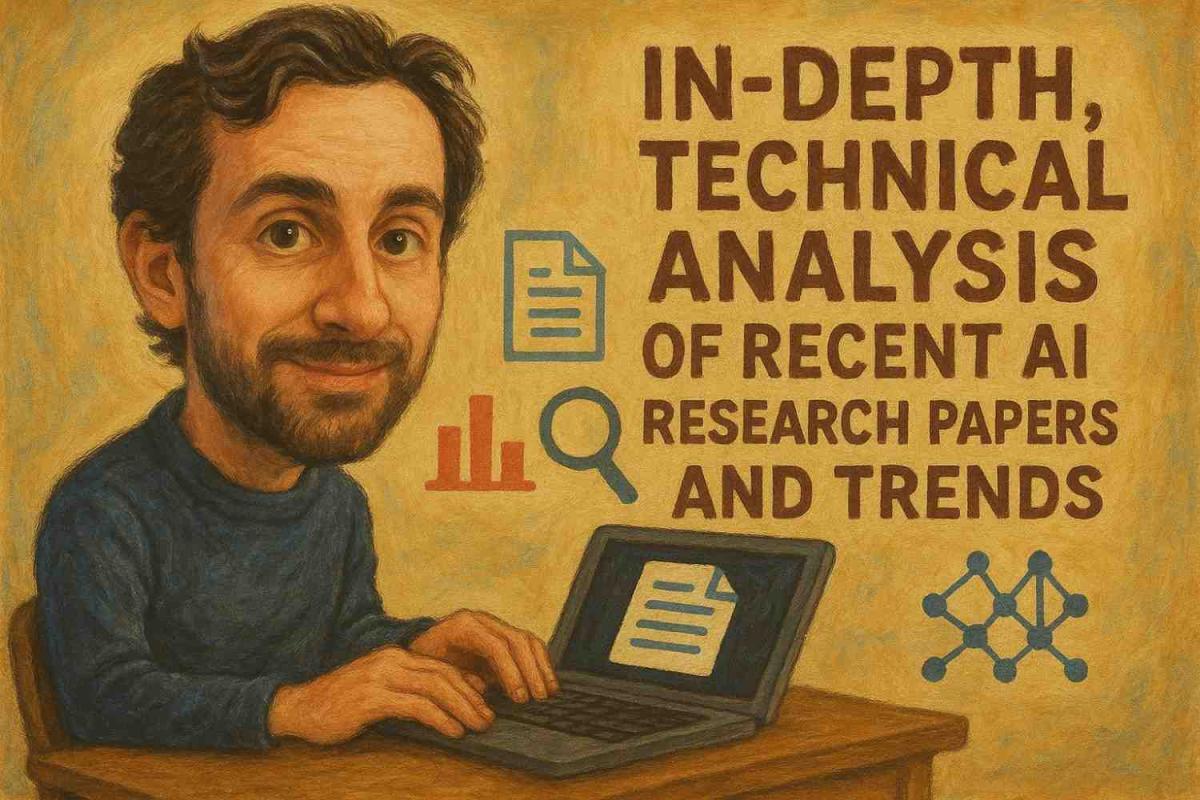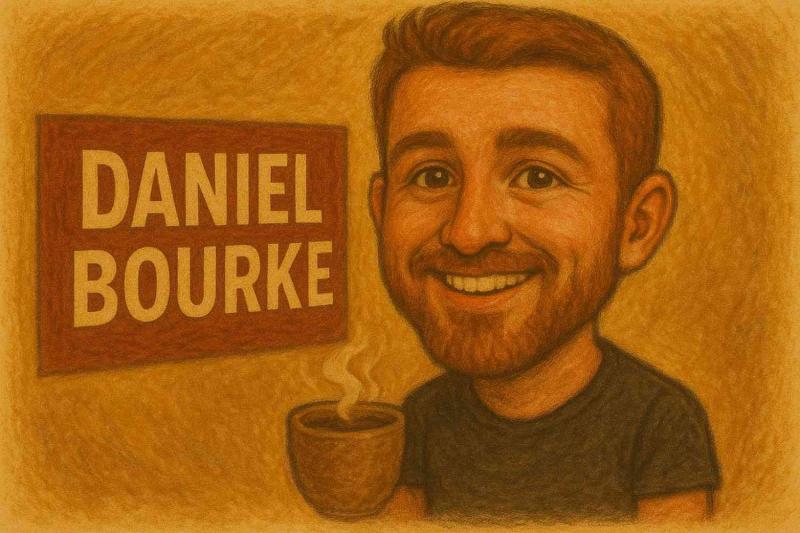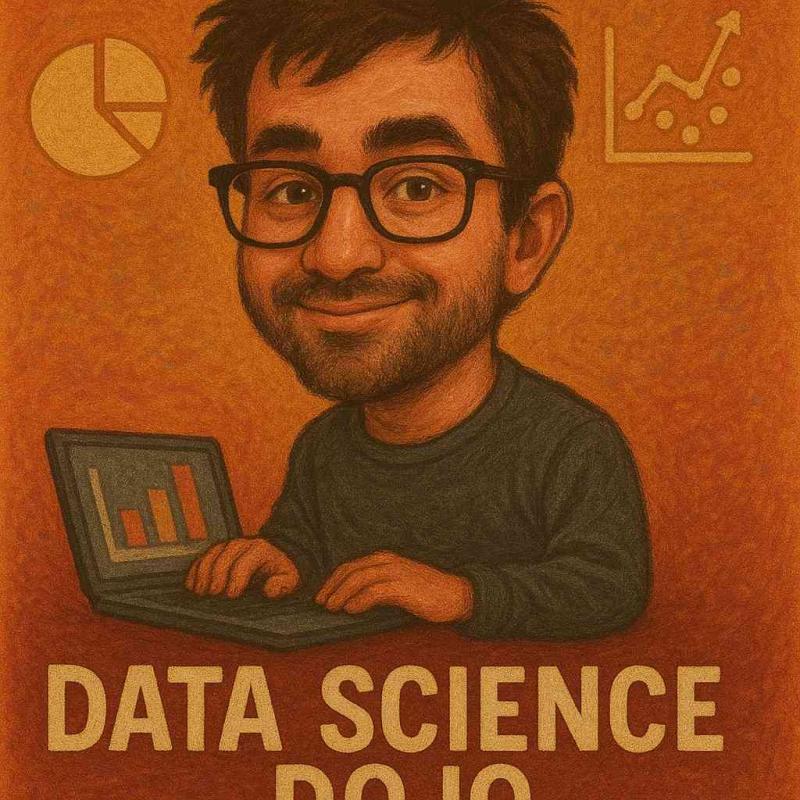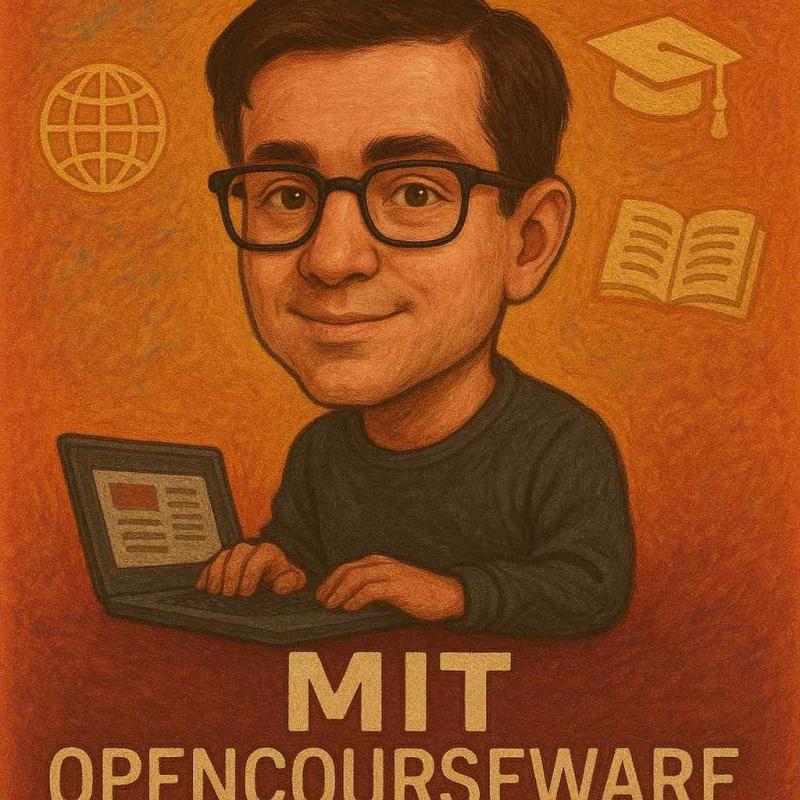Yannic Kilcher: The Mad Scientist (and YouTube Genius) of AI Paper Reviews
Ever tried reading a machine learning paper and felt like you were decoding a cryptic alien scroll? Yeah, same. Now imagine someone shows up, breaks it down with Swiss precision, a dry wit, and the casual tone of a guy explaining quantum physics over coffee. That’s Yannic Kilcher.
Let’s not sugarcoat it—this guy’s content is not for the faint of heart. But oh boy, if you’ve got even a speck of curiosity about how AI works under the hood, Kilcher’s channel is like being gifted a backstage pass to the AI circus. And the ringmaster? An actual PhD with a talent for ruthless honesty and delightfully deadpan humor.
Here’s the lowdown on why Yannic Kilcher matters and what makes his YouTube channel the digital crack for data science nerds.
Who Is Yannic Kilcher?
First off—yes, that’s his real name. Sounds like a Bond villain. Acts more like the professor who never sugarcoated anything, but still somehow made you laugh.
Yannic is a Swiss machine learning researcher and educator. He holds a PhD in ML from ETH Zurich, which, FYI, is basically Europe’s version of MIT (but with better chocolate). And unlike many academics who keep their research behind jargon-encrusted paywalls, Yannic shares it all on YouTube.
His channel? It’s a rabbit hole. A glorious, mind-warping rabbit hole of in-depth technical analysis of AI research papers, trends, and drama. Yes, drama. We’ll get to that.
What Makes His Channel Different?
Here’s the thing: most AI explainers stick to surface-level stuff. They summarize. They fluff. They go, “Look! Transformers go brrr!” And that’s fine... if you want the SparkNotes version of a neural net.
But Yannic doesn’t do SparkNotes. He reads the papers—like actually reads them, start to finish—and then unpacks the ideas, critiques the assumptions, and sometimes calls out the BS.
He’s like that one friend who reads every privacy policy and actually understands it. You love him. You fear him. You thank him for saving you time and brain cells.
What You’ll Find on His Channel:
-
Paper reviews (with diagrams, math, and brutal honesty)
-
Research commentary (he’s not afraid to roast overhyped results)
-
Explainers on foundational ML concepts (transformers, diffusion models, RL—you name it)
-
Discussions on AI alignment, ethics, and open-source models
-
The occasional... spicy hot take 😅
If you’re sick of overly polished, buzzword-ridden AI content, Yannic is a breath of painfully honest air.
A Peek Into His Style
Watching Yannic is kind of like having an ML researcher whisper in your ear—while occasionally side-eyeing the paper’s claims.
He doesn’t talk down to you. But he won’t dumb it down, either. He respects your brain. And expects it to keep up.
Here’s how his style breaks the mold:
1. Technical? Yes. But Never Robotic.
Expect equations. Expect citations. Expect long tangents about gradient estimators or variance reduction that might make your head spin. But also?
Expect a smirk when a paper tries to pull a fast one. Expect dry one-liners like:
“And here’s where the paper pretends this works on real-world data. It doesn’t. Obviously.”
2. Visuals That Actually Help
His diagrams are clean. His explanations are annotated. His code walk-throughs? Surprisingly digestible. You won’t get spoon-fed—but you will get tools to understand the thing yourself. Which, let’s be honest, is kinda rare these days.
3. Opinions. Real Ones.
Yannic doesn’t hold back. If a paper’s method is shaky, he’ll say so. If the math doesn’t justify the hype? He’ll explain why—line by line.
This is refreshing in a space where people are often too polite (or too afraid) to say the emperor’s transformer has no clothes.
When You Should Watch (And When You Shouldn’t)
Let’s be real: this isn’t “Two Minute Papers.”
Yannic’s videos can stretch past the 45-minute mark. You’re not here for a TL;DR. You’re here to learn. Or to fact-check that shiny new preprint everyone’s tweeting about.
Watch his channel if:
-
You’re in AI/ML professionally and want deeper insights
-
You enjoy picking apart architecture diagrams with coffee in hand
-
You genuinely want to understand what’s inside models like GPT, PaLM, or LLaMA
-
You love critical thinking and technical snark
Maybe skip it if:
-
You just want quick overviews or flashy animations
-
You hate seeing equations on screen (can’t relate)
-
You’re looking for entertainment more than education
IMO, Yannic’s channel isn’t for everyone—and that’s the point. It’s not trying to please the algorithm. It’s trying to elevate the conversation.
He’s Not Just Reading Papers
Over time, the channel has evolved.
You’ll now find more commentary on:
-
Open-source models vs closed AI labs
-
The future of AGI (and why we’re probably doing it all wrong)
-
AI alignment and safety risks (some of these episodes are chilling)
-
Open-source drama and transparency issues (he’s dropped some spicy takes on model licensing 🤭)
Honestly, he’s become something of a thought leader in the AI space—someone researchers actually listen to. Even if they don’t always agree.
And let’s not forget: the man once built his own language model live on stream, while explaining every step. Who does that??
Final Verdict: Should You Subscribe?
Short answer: yes, if you’re ready to get smarter.
Longer answer: Yannic Kilcher is one of the best things to happen to technical AI content on YouTube. He bridges the gap between dense academic research and curious learners who want more than buzzwords.
He’s not here to entertain the masses. He’s here to educate the ones who are willing to keep up. And he does it with sharp insight, clean visuals, and just enough sarcastic spice to keep it interesting.
Seriously—watch one video and you’ll probably find yourself Googling tensor decompositions at midnight. Happens to the best of us :)
One Last Thing...
If Two Minute Papers is the charming AI hype cheerleader, then Yannic Kilcher is the brutally honest professor with a whiteboard and a raised eyebrow. You’ll leave smarter. Maybe even inspired. Possibly slightly afraid of what AI can really do.
But hey—what a time to be alive, right?



